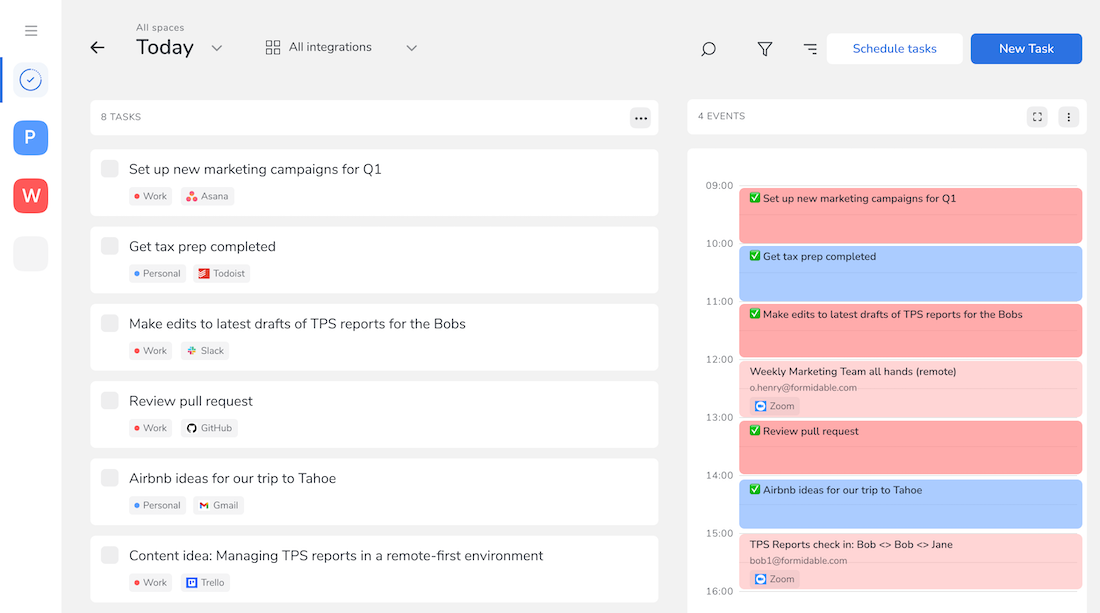Flexible Working: The Key to Finding, Keeping, and Empowering Top Talent
In today's fast-paced and globally-connected business world, flexibility is a valuable asset for both employers and employees. Adopting flexible working arrangements can help organizations attract, retain, and empower top talent. Here are some tips to help you create a flexible work environment:
Tip 1: Implement a Flexible Schedule
One of the most straightforward ways to offer flexible working options is to implement a flexible schedule. This can include staggered start and finish times or allowing employees to work from home or remotely. Flexible schedules can allow employees to better balance their work and personal commitments, which can lead to improved job satisfaction, reduced stress, and better work-life balance.
Tip 2: Offer Part-Time or Job-Sharing Arrangements
Part-time work or job-sharing arrangements can offer flexibility for employees who may have childcare or eldercare responsibilities, or other personal needs. This can enable employees to maintain their professional growth and contribute to the organization while balancing their other responsibilities.
Tip 3: Leverage Technology
Advancements in technology have made it easier than ever for employees to work remotely or from home. Employers can leverage technology products and tools such as remote access, video conferencing, or collaborative software to enable remote work and improve communication and collaboration among remote teams.
Tip 4: Focus on Output, Not Input
Many organizations still rely on traditional work models that value time spent at the office, rather than the output achieved by employees. By shifting the focus to output rather than input, employers can empower their staff to be more productive and creative in how they manage their time and work. This can lead to increased job satisfaction, engagement, and improved performance.
Tip 5: Define Flexible Working Policies
It's important to establish clear policies to ensure that flexible working arrangements are fair, consistent, and meet the needs of both employers and employees. Clearly outlining expectations, procedures, and guidelines can help avoid misunderstandings or issues that may arise. Employers should also be prepared to offer support and resources to their staff to ensure the successful implementation of flexible working policies.
Conclusion
By implementing flexible working arrangements, organizations can boost employee engagement, reduce turnover, and provide a competitive advantage in attracting top talent. Remember, successful implementation of flexible work environments requires a change in mindset, policies, and culture. It also requires investment in technology, training, and resources for your staff.
Embrace flexibility, empower your employees, and harness the power of top talent!


.webp)
.webp)
.webp)
.png)



